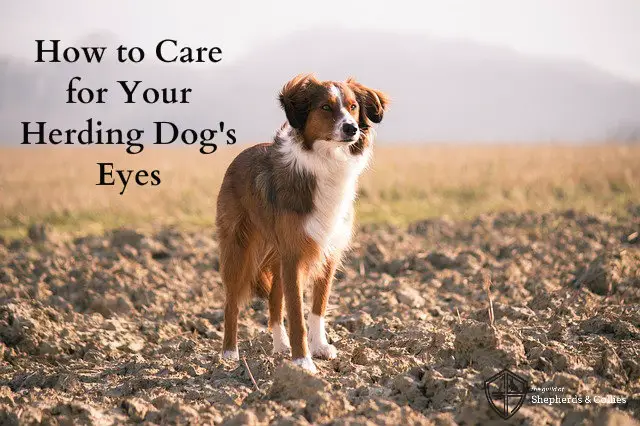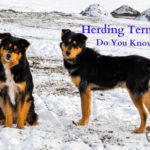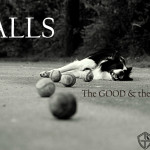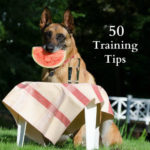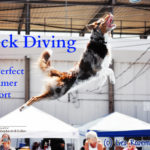How to Care for Your Herding Dog’s Eyes
Eye Safety and Care in Barn Hunt and Herding Dogs
The average barn can be a dusty, dry, and dirty place. If you participate in Barn Hunt, your herding dog will be exposed to straw and hay, which can be an irritant to canine eyes. Herding dogs that work in feedlots, outdoor fields, and indoor arenas will also see dust, dirt, and vegetative materials like seeds, hay, and straw. Any of these materials can cause eye irritation or damage if you are not careful. This article covers the risks that are out there to both Barn Hunt and Herding dogs’ eyes, and what you can do to protect your dog’s eyes after a practice or performance session in a barn or field.
Herding dogs are generally at home on their farm, or running through the fields. However, owners should be aware of the dangers to their dog's eyes that are out there. Many herding dogs were selectively bred for tight eyelids (Belgians, German Shepherd Dogs, etc) or hair that falls over their face (Briard/Bouvier). These features help protect the dog from dirt and dust, as well as grass and straw and their seeds. However, even tight-lidded dogs can be susceptible to eye injury, including pokes from straw or hay because of the nature of the activity. Round-eyed dogs with loose lids, like Corgis and Aussies, can be particularly susceptible to eye injury.
Read more about your herding dog's eye care from Guild Evangelist Deb Eldredge, DVM, in Acquired Eye Problems in Herding Breed Dogs.
In my years conducting Barn Hunt lessons and classes, I have rarely seen a dog get poked by straw or hay - however with dogs sticking their heads in tight spots, it can certainly happen. Barns are dry and dusty places and if your dog has spent the day moving livestock in a dusty barn or lot, it’s possible that dust and dirt can irritate their eyes as well.
How to Check Your Dog's Eyes
Regardless of what activities you do with your dog, it’s a great practice to check your dog’s eyes after any event or activity where your dog is exposed to straw, hay, grass or dirt. Ideally, you should get your pup used to inspection when it is young so they will be patient with the process throughout their career as a performance dog, or dog with an active lifestyle.
Have the dog sit quietly or get an assistant to hold the dog while you gently inspect each eye, lid, and surrounding area. You are looking for scratches, irritation/redness, or material such as seeds, chaff, or dust. Be on the lookout for other indications of irritation such as excessive blinking, tearing, or the dog trying to rub their eye with their paws. Should your dog have material like a seed on their eye or near their tear duct, resist the temptation to rub or pick the material out with your finger. Your hands and fingers could scratch the eye or if dirty, cause more issues than it helps, including infection. Instead, flush the eye gently with saline solution or artificial tears. Most likely the dog will not enjoy this, so having a helper and lots of patience is a must! Saline is a good idea to carry with you in your travel first aid kit as well - you never know when your dog (or you!) will need it.
When to Call a Vet
Should you see anything embedded in the eye or if you can visually see scratches, take your dog to the veterinarian immediately. Additionally, it is possible that irritation can appear the following day, so be on the lookout for gunky green eye discharge, swelling, closed eyes or any sign of discomfort and get your pet to the vet for professional help.
Including a physical inspection in your post-activity regimen is a good idea and can catch issues before they become a major problem. Be sure to include an eye inspection in this process and include saline or artificial tears in your canine first aid kit to protect your pups valuable eyesight.
Article By:
Eva Raczka
Meet Our Evangelist



